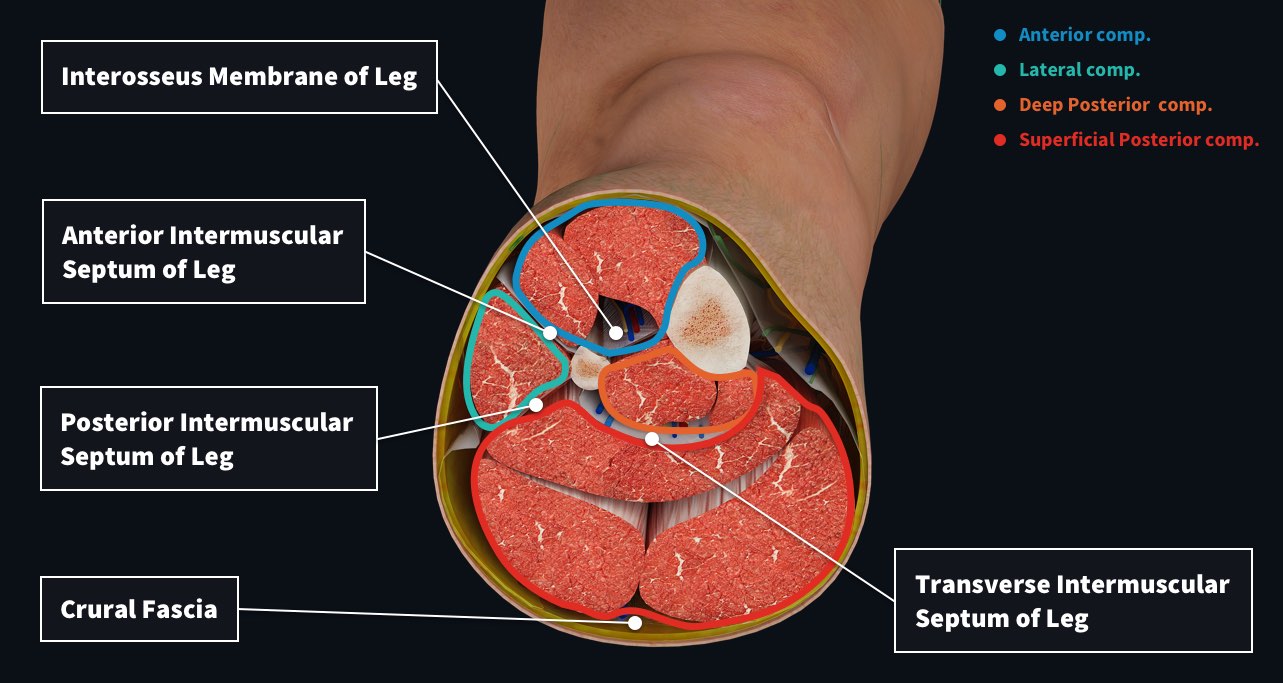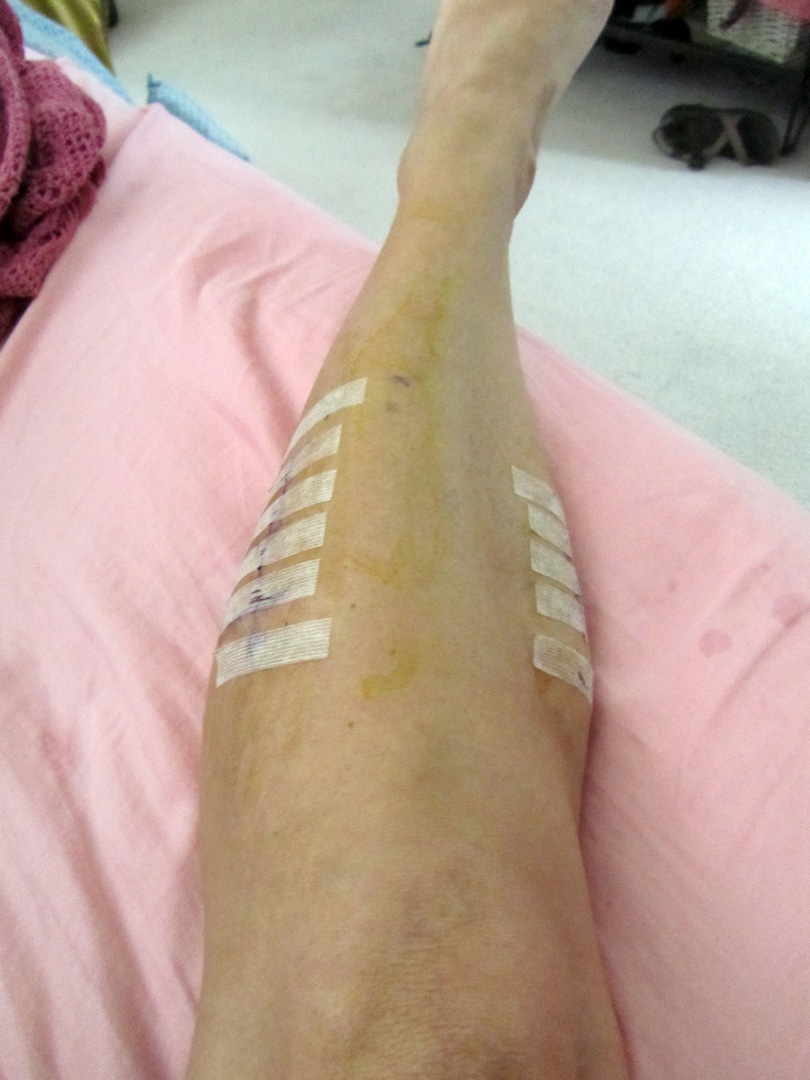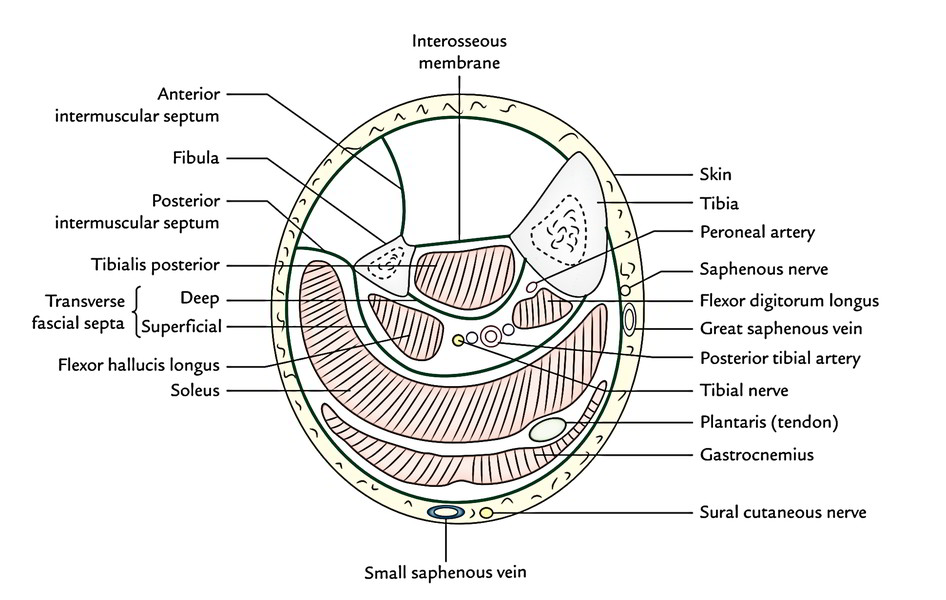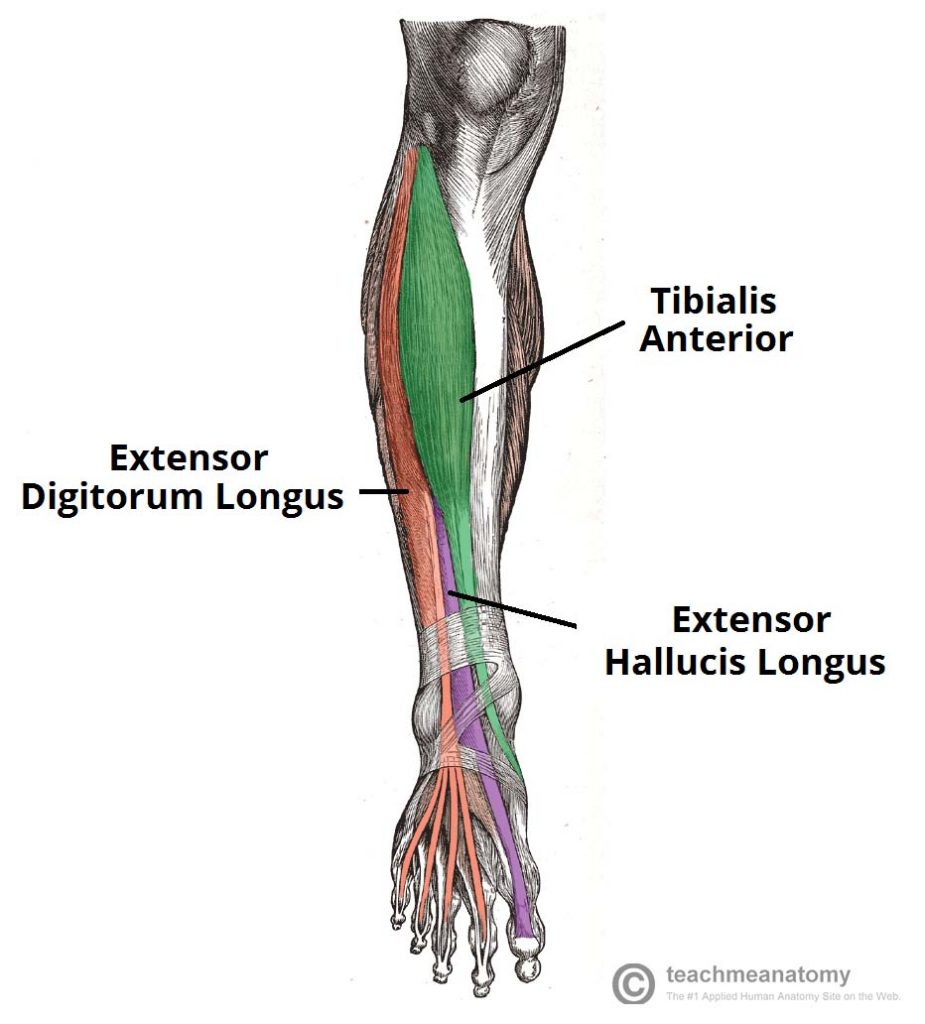

Patients should make sure their chronic medical conditions are consistently treated and Patients can decrease their risk of compartment syndrome by decreasing their risk of acute limb ischemia. Ultimately, compartment syndrome is usually a result of treatment for acute limb ischemia. A pressure monitoring device can be used to delineate compartment pressures. Sometimes, there is some ambiguity to the diagnosis, especially with chronic compartment syndrome. If symptoms occur, a physical exam is all that is necessary to confirm the diagnosis. The nurses and physicians caring for the patient should be monitoring the patient for compartment syndrome. Most patients with compartment syndrome are already being seen by a medical professional, usually for a vascular issue. Most notably patients have pain with passive motion of the foot and numbness between the first and second toes. The diagnosis is typically based on clinical findings and the symptoms listed above.

The vessels can become compressed, resulting in a lack of blood flow to or from the affected area. If the muscles swell, there is less room in the box for nerves and vessels. Inside the box are muscles, nerves, and vessels. Think of a fascial compartment like a box. Fascia is a thin, non-elastic tissue that helps hold muscles, nerves, and vessels together. Occasionally, the pain can be due to an increased pressure in the muscle compartments themselves.Ĭompartment syndrome is an elevated pressure within the fascial compartment.

However, most pain is related to nerve problems or poor blood flow. Severe damage to the nerve and blood vessels around a muscle can cause the muscle to die and amputation might be necessary.Leg pain is a common complaint among vascular patients. If the pressure becomes great enough, blood flow to the muscle can be blocked, leading to a condition known as compartment syndrome. Blood vessels and nerves can also be affected by the pressure caused by any swelling in the leg. The thickness of the fascia can give problems when any inflammation present in the leg has little room to expand into. Due to the great pressure placed on the leg, from the column of blood from the heart to the feet, the fascia is very thick in order to support the leg muscles.

The fascia also separates the skeletal muscles from the subcutaneous tissue. The septa are formed from the fascia which is made up of a strong type of connective tissue. Įach compartment contains connective tissue, nerves and blood vessels. The lower leg is divided into four compartments by the interosseous membrane of the leg, the anterior intermuscular septum, the transverse intermuscular septum and the posterior intermuscular septum.


 0 kommentar(er)
0 kommentar(er)
